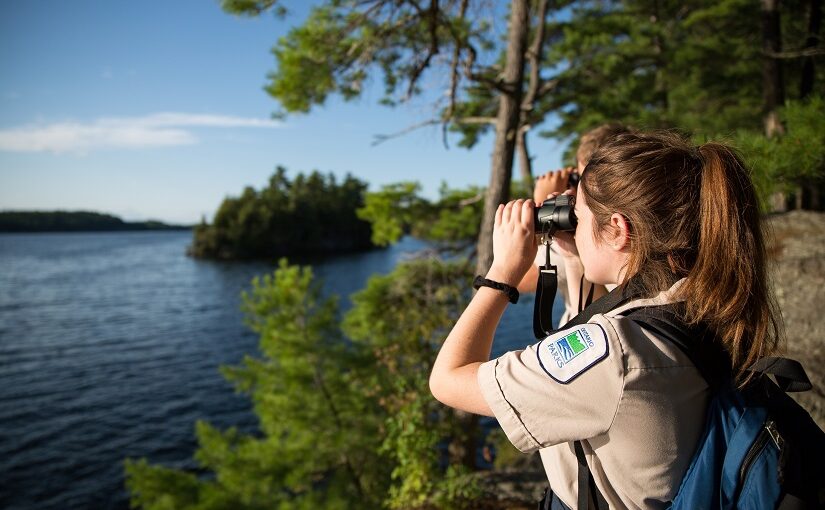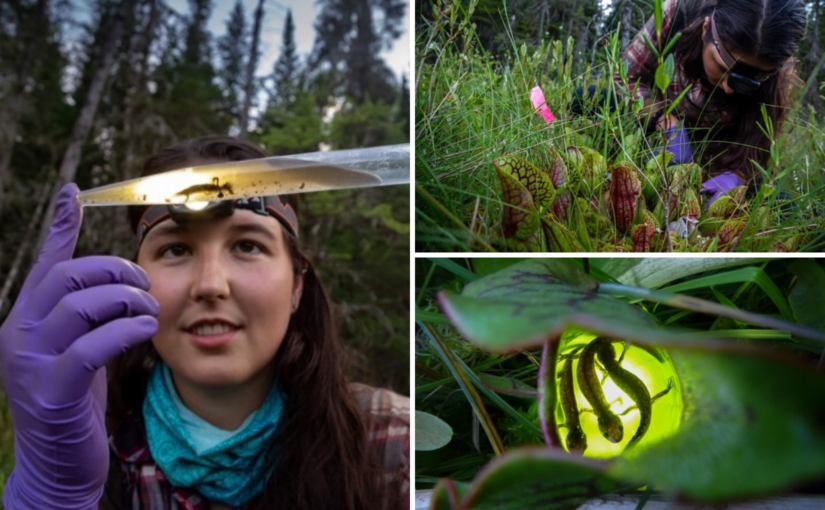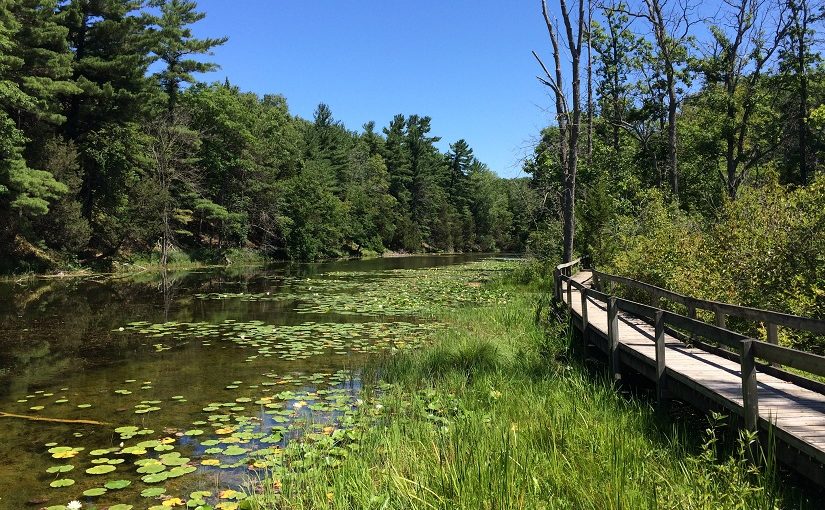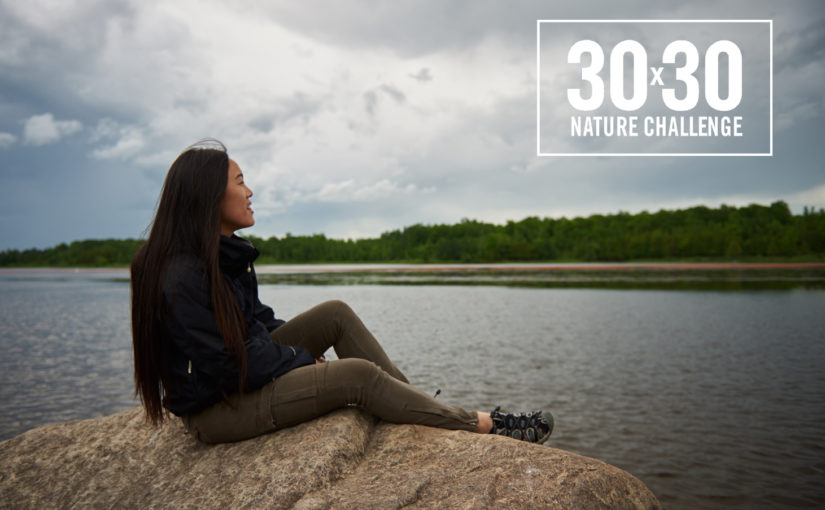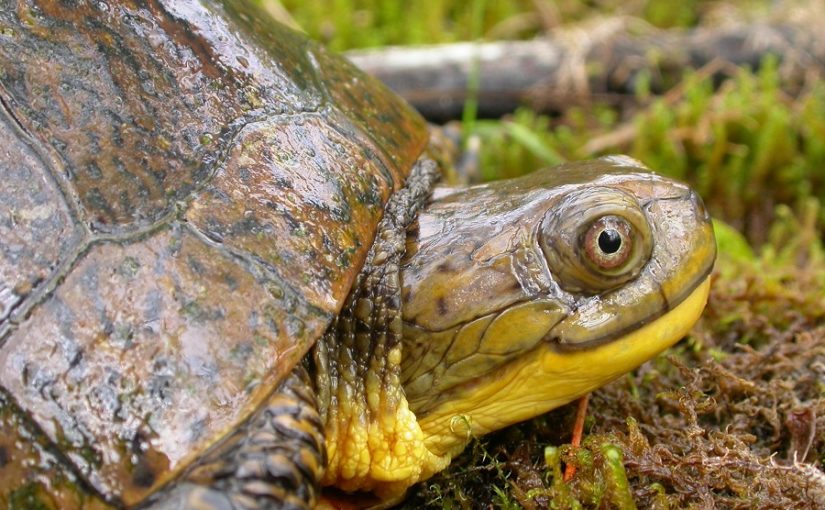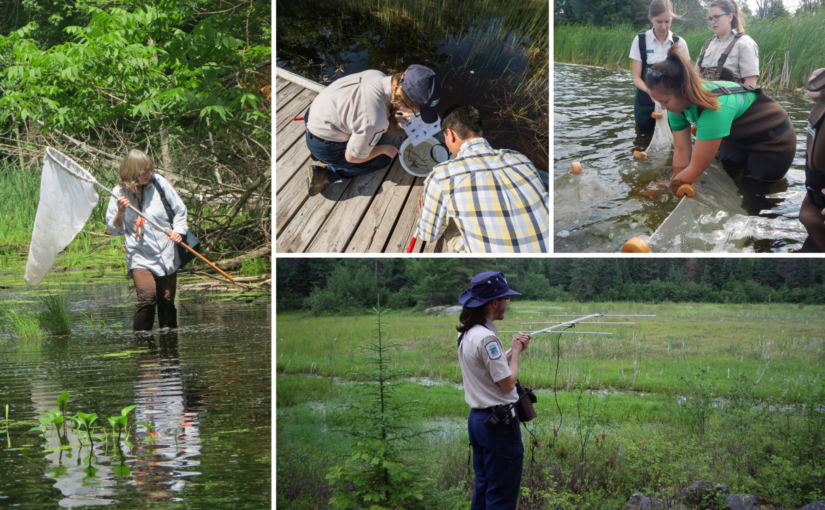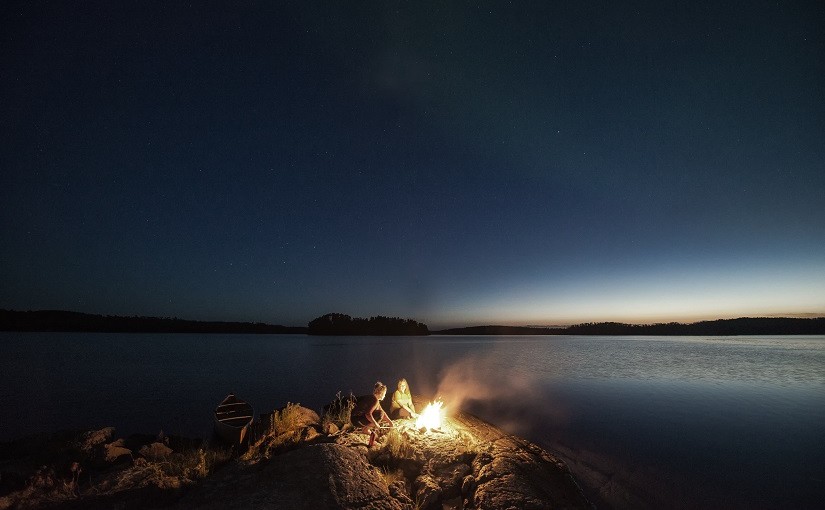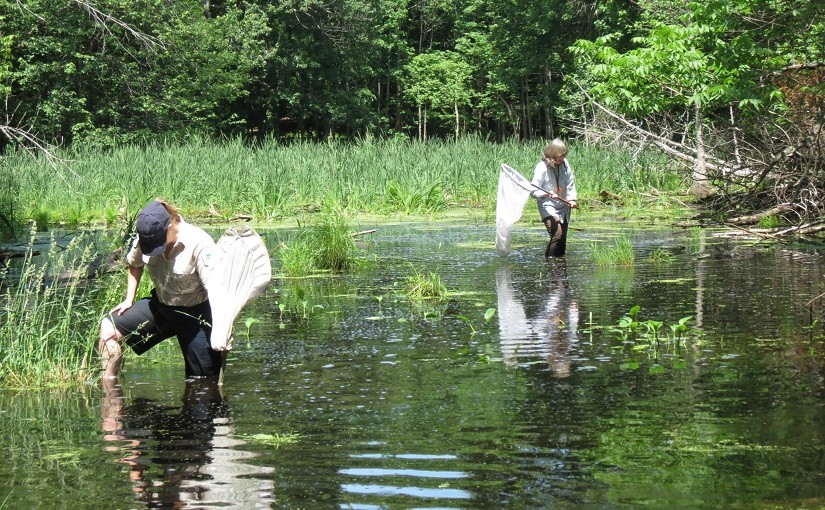Today’s post comes from Jessica Stillman, school outreach coordinator at Bronte Creek Provincial Park.
What do a Polar Bear, a Prickly Pear Cactus, a Five-lined Skink, and a Bobolink all have in common?
Aside from their snazzy names, they’re plants and animals that require unique environments to survive. Some of these special spaces have been changing and disappearing throughout history.
That’s where Ontario Parks comes in. We protect important landscapes, and conduct research on how we can ensure the species living in parks can thrive.
This year, we’re excited to share the science of parks during Science Literacy Week.
